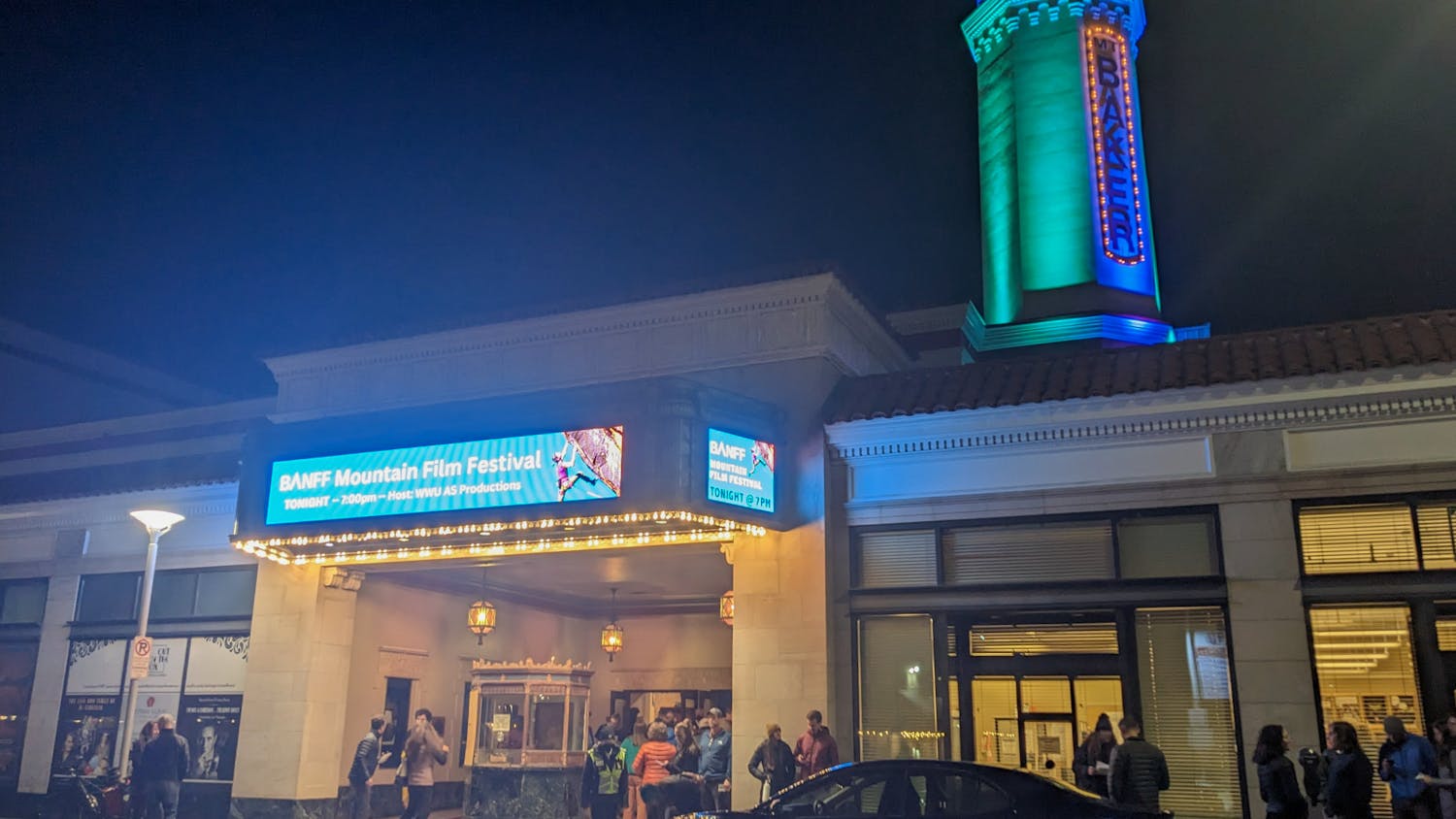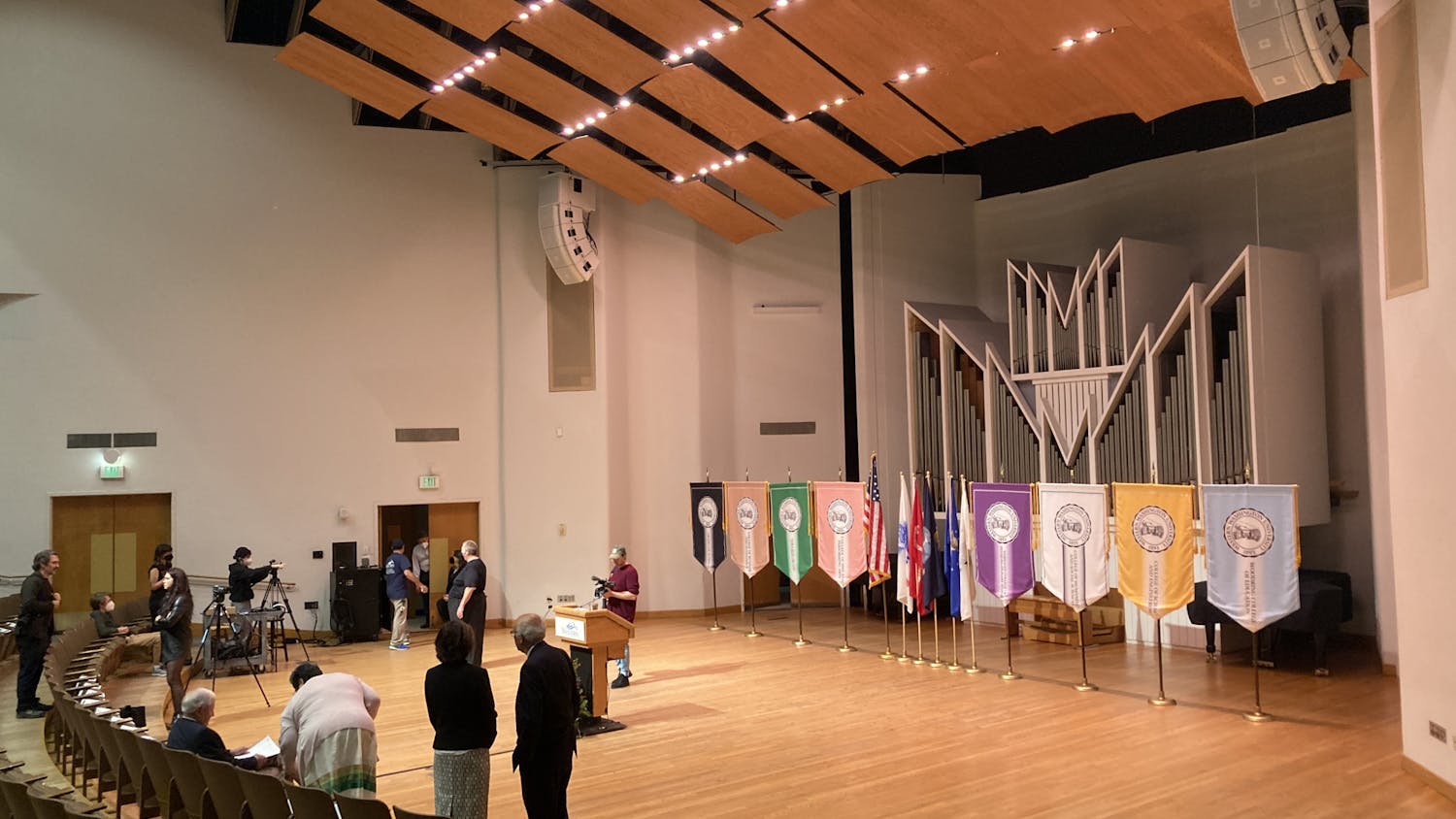Data released last week revealed that the incoming class of first-year students at Western Washington University is indeed the largest cohort the school has seen in its 129-year history.
The Office of Institutional Effectiveness, which provides yearly student demographic and enrollment data, reported that the new freshman class is composed of a total of 3,225 students, which exceeds pre-pandemic numbers. That’s up 3.5% since the fall of 2019, when the last set of enrollment data before the beginning of the COVID-19 pandemic was released.
This jump in enrollment comes after two years of decline at Western, following a trend that public four-year schools across the country saw during the COVID-19 pandemic.
Cezar Mesquita, Western’s director of admissions, said the pandemic made the application and admissions process look a lot different for high school seniors who graduated during the height of lockdown and pandemic concern.
Mesquita said as schools went online, many of the traditional resources and outlets that students typically have at their disposal vanished. Clubs and organizations that typically graced the application profiles of applicants weren’t available to students anymore, and school counselors and advisers became more difficult to consult.
“We needed to, of course, take that at face value and hear their words about whether they were talking about successes or accolades or sometimes traumas and anxieties, and try to make a determination,” Mesquita said.
First-year students from the newest cohort share their admissions stories
Cameron Fleming, a first-year student who arrived at Western this fall, said anxieties surrounding the college application process led him to take a gap year after graduating from high school in 2021. It’s a decision he said he recommends to anyone feeling unsure or overwhelmed their senior year of high school.
Fleming said while the pandemic wasn’t a deciding factor in his decision to take a gap year, the thought of paying for classes that may not have been in-person pushed him to be even more interested in taking time off.
“Looking back, it was a really good move because it just allowed me to take a break and put a new kind of foundation in there before I started to try to add stuff on,” Fleming said. “I was kind of on the fence, mulling it over, and then I thought about how COVID-19 would impact it and I was like, ‘OK, I don't want to be paying for something that I'm not sure of.’”
Now that Fleming is at Western, he said the experiences and skills he gained by taking the gap year are transferring to his ability to do schoolwork. During his time off, he was able to earn money and gain an interest in psychology, which is his intended major.
For Wuyi Walters and Josie Newman, both first-year students from out of state, a prime reason for choosing Western was the Bellingham community, and living in a desirable place. Walters, who went to high school in Coeur d'Alene, Idaho, said moving to Bellingham has been a welcome change.
“The downtown area is really nice — not too big, but definitely not too small,” Walters said. “I think what mostly shocks me is the amount of Black Lives Matter flags and LGBTQIA flags, you would not see that in Idaho.”
Mesquita said the admissions office has been investing more in outreach efforts to get more potential students touring Western and Bellingham.
For Newman, who is from Portland, Oregon, visiting Western for the first time is what sealed the deal.
“I kind of just, stepped on campus and it just felt good,” Newman said. “I toured some other schools, but none of them really did it for me the way Western did.”
First-generation, transfer numbers still dwindle
While the record-breaking freshman cohort numbers are being celebrated by Western’s enrollment reporting, a deeper dive into the data shows that in certain student demographics, numbers are still dwindling.
In the last five years, Western’s enrollment for first-generation students has plummeted. In the fall of 2017, the percentage of first-generation students within the new freshman cohort was 30.1% — that proportion has now dropped to 17.2%.
The transfer student population at Western also has fallen — while the new first-year cohort is the largest it’s ever been, the transfer student population dropped below 1,000 for the first time since 2011.
When looking at the intersection between transfers and first-generation students, the drop becomes even more stark. First-generation transfer students went from comprising almost half of Western’s new transfer population in 2017 — 45.6% — to only 18% this fall.
These declines follow similar national trends among four-year educational institutions. Nationally, the percentage of transfer students at universities has dropped 13.5% since the beginning of the pandemic.
In an email, Mesquita said these trends are monitored by the admissions office, and they are partnering with local community and technical colleges to address the disparity and create more opportunities for outreach.
“We continue to monitor trends and developments and hope to report on more positive outcomes in the terms and years ahead,” he said.






